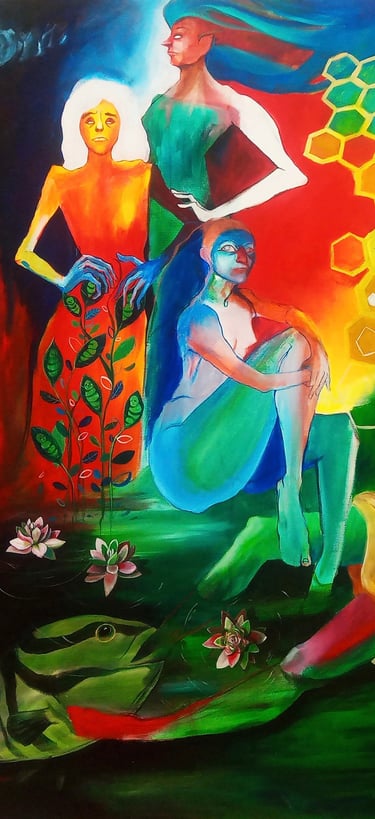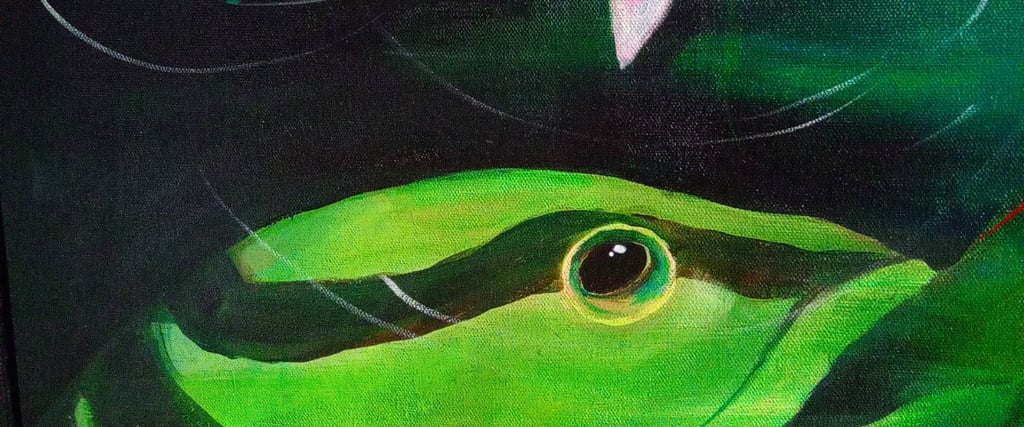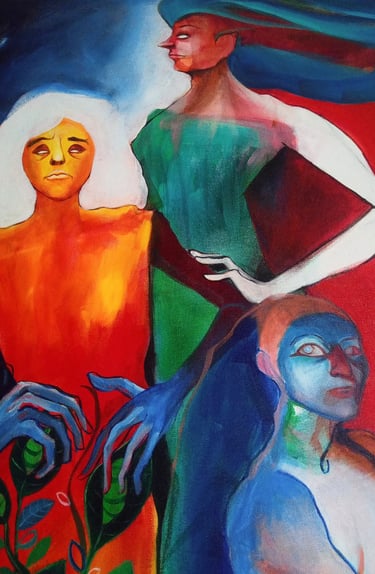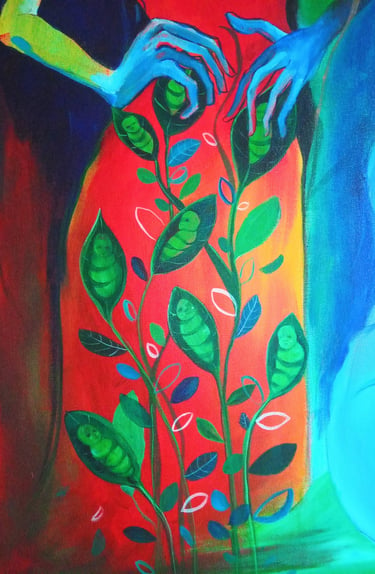Unveiling the Hidden Symbols of Indifference in Purgatory
The second canvas of the Triptych of Malice explores the nuanced concept of purgatory—a state of existence neither fully aligned with inferno nor paradiso. In this space, creatures exist within realms of persistent indifference, where cooperation is absent, and survival is a solitary endeavor. Through this lens, we dive into the captivating symbolism that embodies their disconnection and disregard for one another.
10/16/20242 min read





Decoding the symbols in “Purgatory”
This lack of engagement is the key theme within this canvas, a societal phenomenon where everyone operates solely for their own interests. It's a profound commentary on how modern existence often fosters a state of persistent disregard for those around us. The creatures, though they share the same space, are oblivious to one another’s struggles, representing how we sometimes overlook the community that surrounds us.


INDIFFERENCE
These creatures look at manifold directions, ignoring each other: everyone works for their own interest and don’t cooperate.


THE FISH & THE ABYSS
The fish represents the unconscious impulse that secretly drives our everyday choices and, made of resistances and fears, influences our life.


DON’T WANT YOU TO GROW
New generations can be troublesome. Better keep them quiet and harmless either patronizing them or even worse, not allowing them to spread their wings.
Conclusions
In conclusion, the second canvas of the triptych offers a powerful reflection of our shared human experience. By unveiling the hidden symbols of indifference, the fish from the abyss, social masks and the generational challenges, we can begin to understand the complexities of coexistence in a world where many are disengaged from one another. Explore these symbols with an open heart and mind, and let them guide you in reevaluating your own connections and the indifference that may pervade them.






